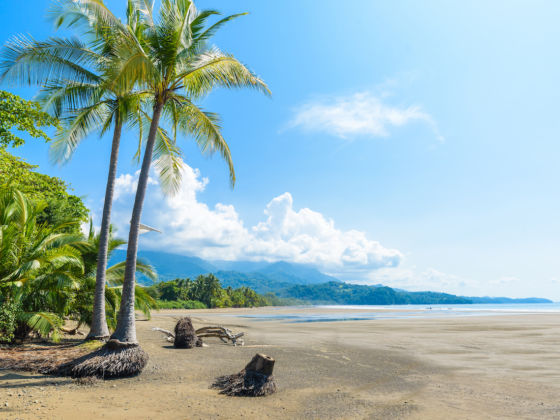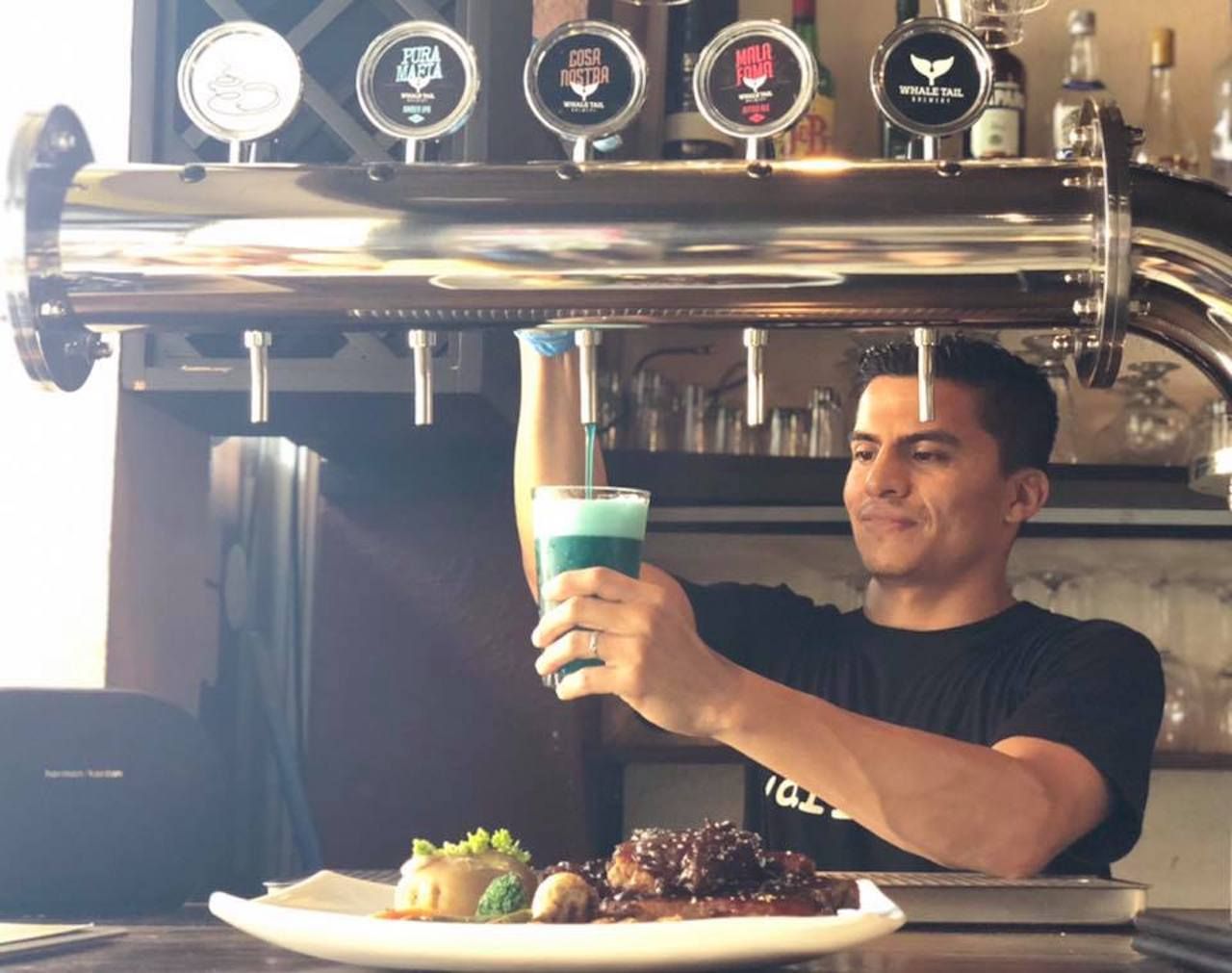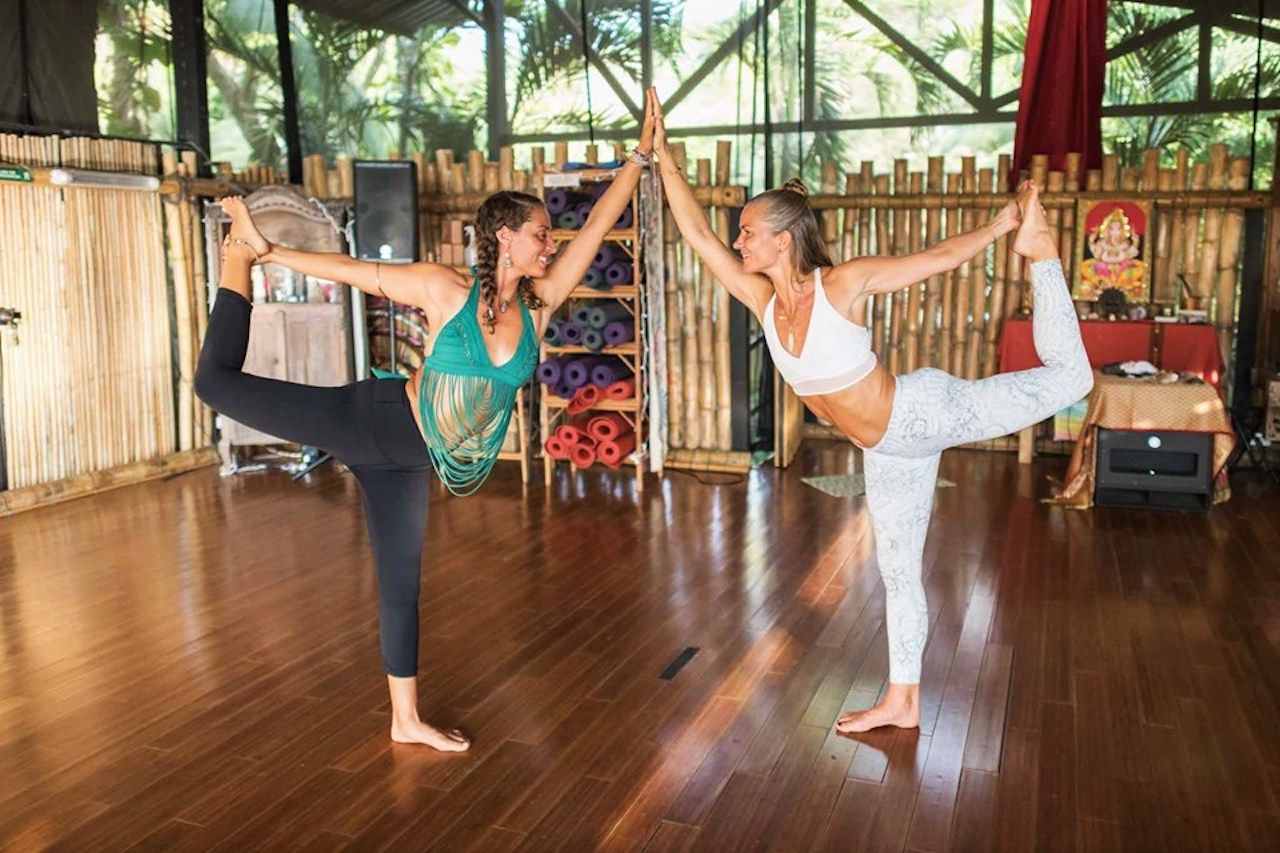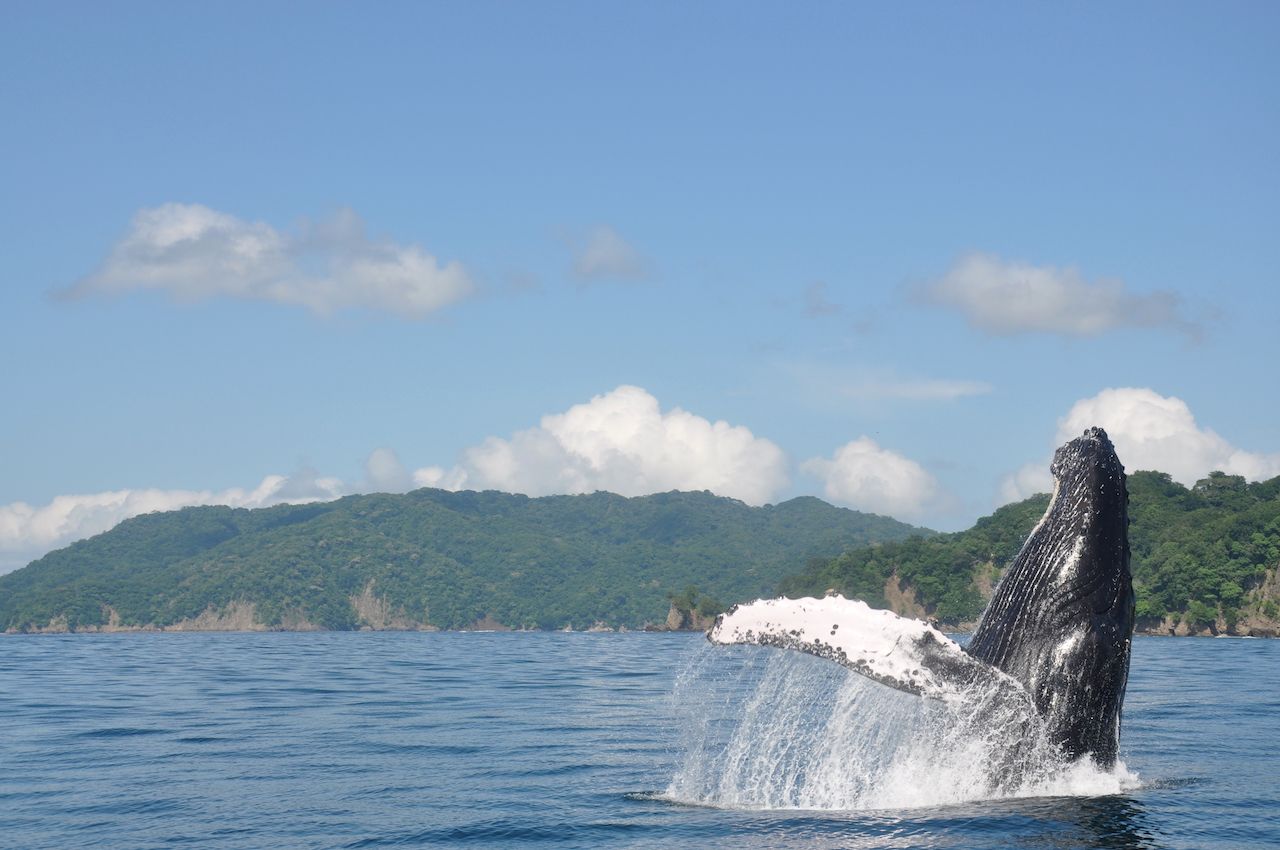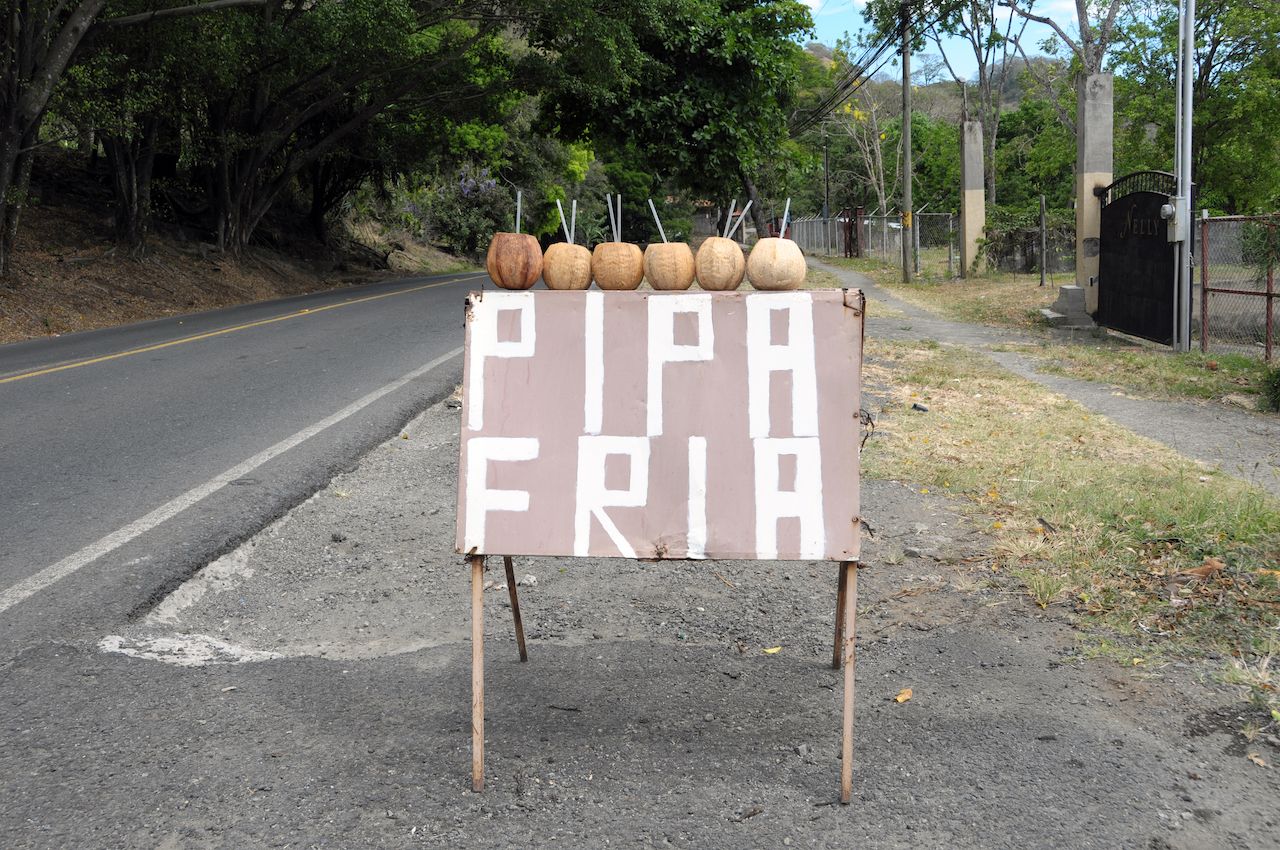Costa Rica’s natural wonders are drawing more travelers than ever. Many of them head to the country’s northwest corner to surf and dip into hot springs on the Nicoya Peninsula or zip-line and raft in nearby Montezuma, overwhelming destinations like Playa Tamarindo and Jaco during the December to April dry season. To escape the crowds and tune into the more rustic, untapped side of Costa Rica, head south of these locations to the country’s mid-Pacific coast.
No matter the time of year, the towns of Manuel Antonio, Dominical, and Uvita prove that Costa Rica is the ultimate destination for both adventuring and relaxing. Start your journey in the town of Manuel Antonio, a three-hour drive from the capital city of San Jose and just over an hour south of Jaco, and work your way down to Uvita. Along the way, you’ll explore wildlife, national parks, and waterfalls — and have plenty of time to relax on the beach with a cold pipa (coconut). Here are the top things to do there.
